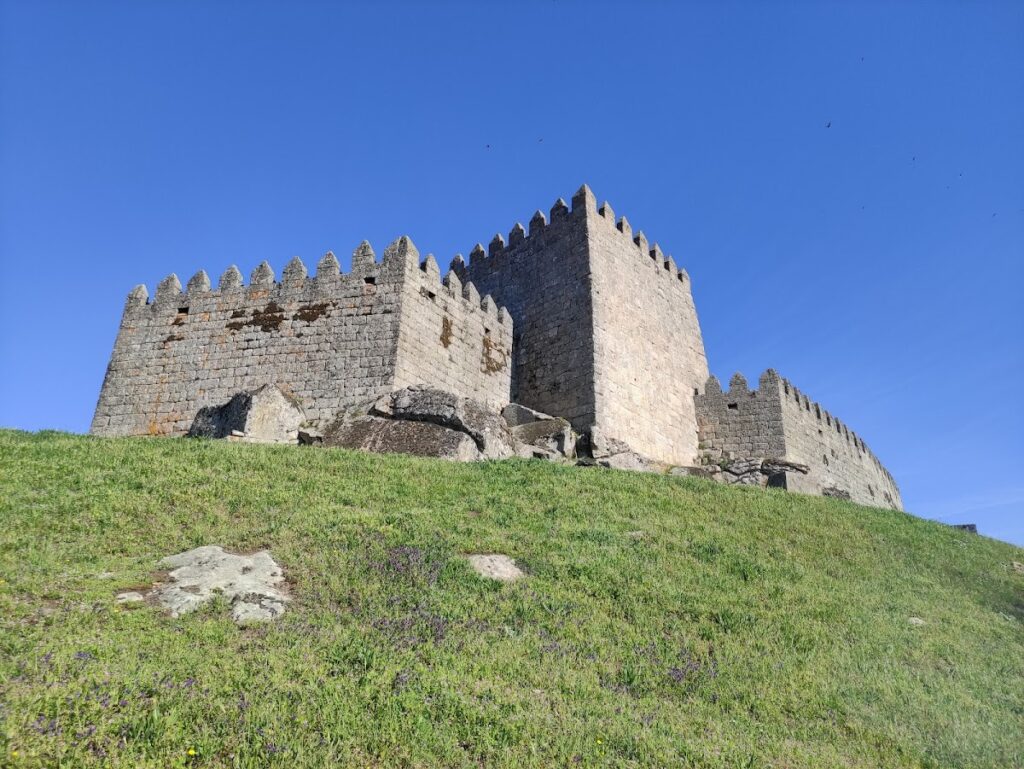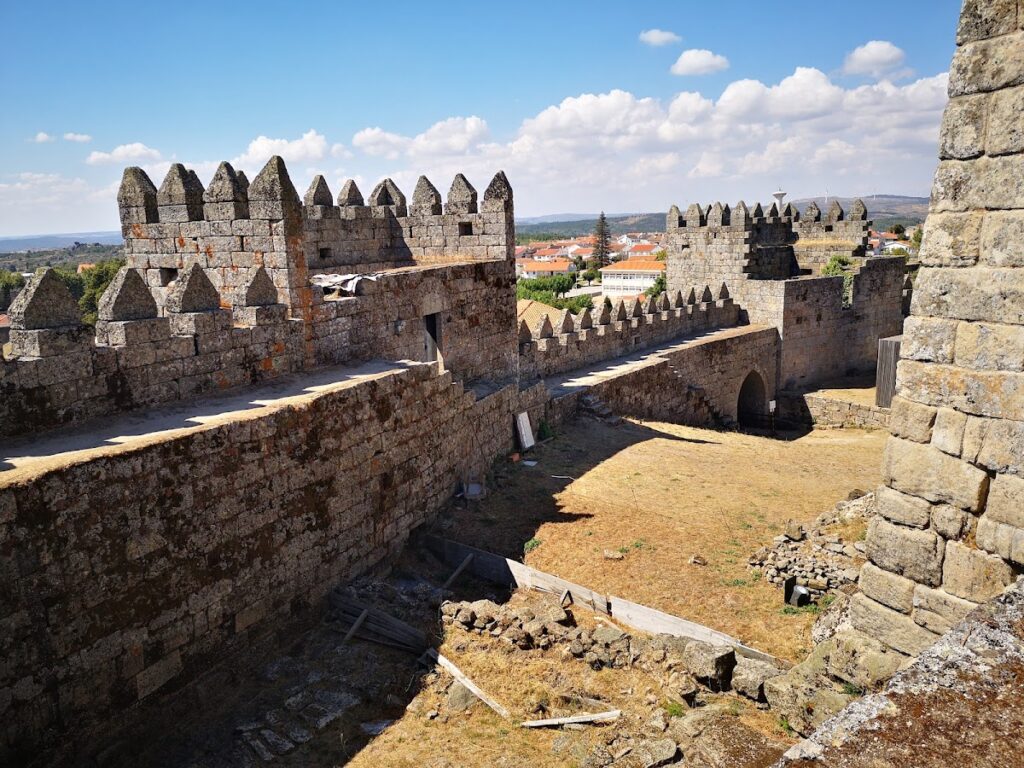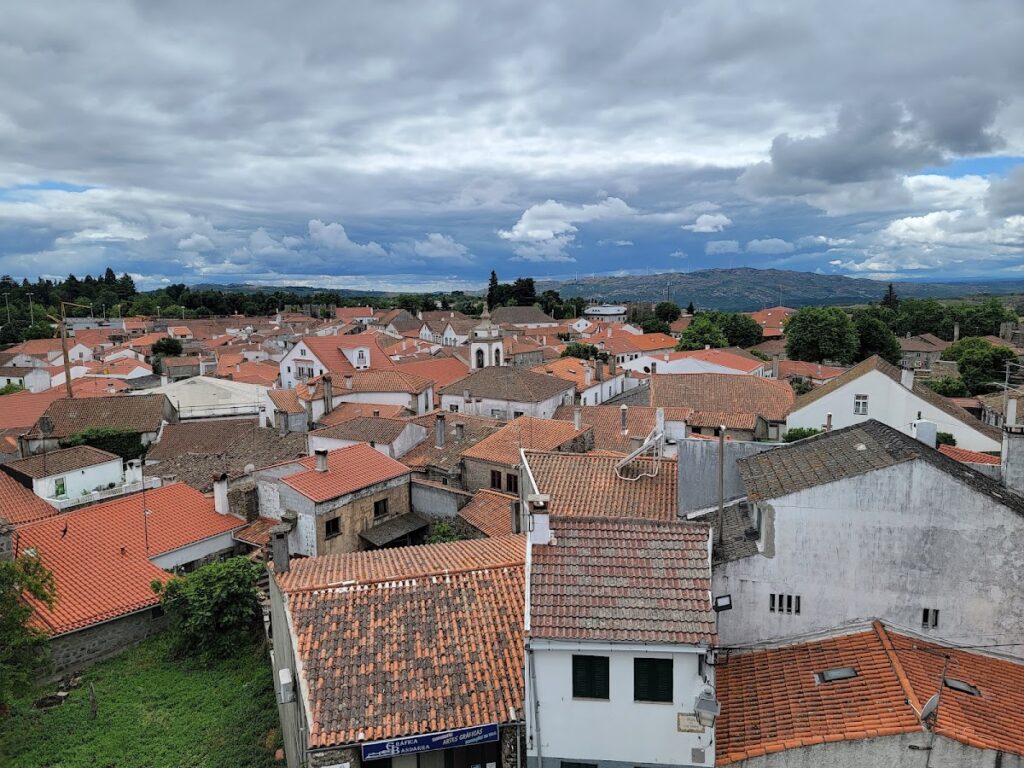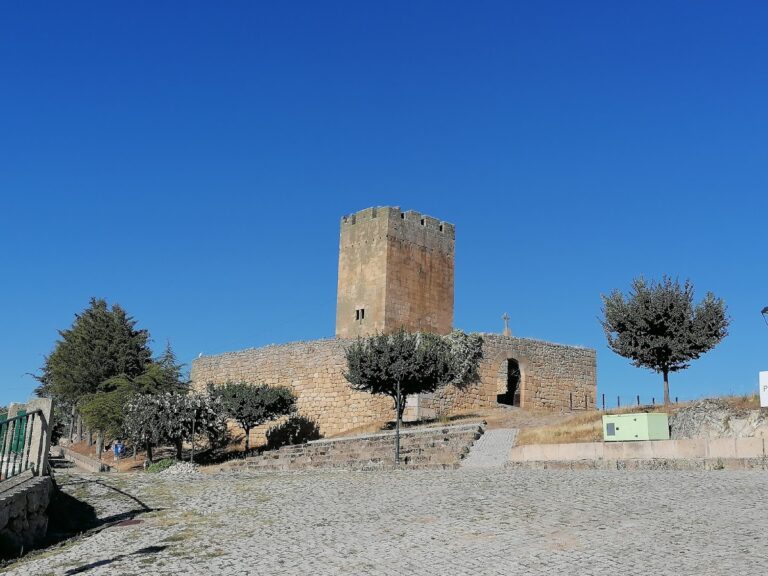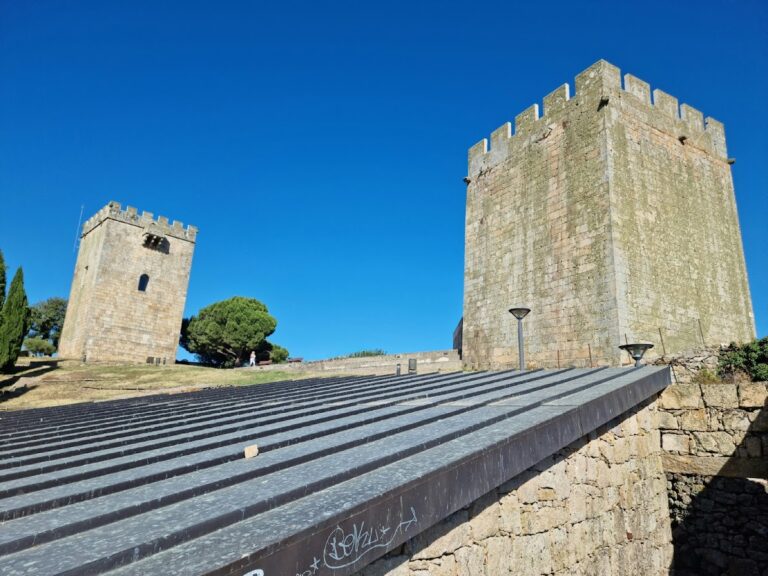Castle of Trancoso: A Historic Fortress in Portugal
Visitor Information
Google Rating: 4.5
Popularity: Medium
Google Maps: View on Google Maps
Official Website: www.aldeiashistoricasdeportugal.com
Country: Portugal
Civilization: Unclassified
Remains: Military
History
The Castle of Trancoso is situated within the municipality of Trancoso in modern Portugal. Constructed by Christian forces during the early stages of the Reconquista, it occupies a strategic position on a plateau near the sources of the Távora River.
Its origins date back to the early 900s, when Rodrigo Tedoniz took control of the area and began repopulating it with Christian settlers. The first written record mentioning the castle appears in 960, found in the testament of Chamôa Rodrigues, Rodrigo’s daughter, who donated property to the Monastery of Guimarães. For about a century thereafter, the castle and its surrounding settlement endured repeated shifts in control between Christian and Muslim forces. Around 1057–1058, King Fernando I of León achieved a lasting reconquest, after which the castle became part of the dowry of Countess Teresa during the foundation of the County of Portugal.
In 1140, Muslim forces led by Esmar besieged the castle and sacked the town. However, King Afonso Henriques successfully defended it in the Battle of Trancoso, marking a significant moment in the region’s Christian reconsolidation. The castle was formally established in 1159, having already received its first charter in 1155 and another in 1173. That year also saw its domains entrusted to the Knights Templar, who transformed the original Mozarabic structure into a Romanesque keep supplemented by defensive walls.
Subsequent monarchs contributed to the castle’s fortification and expansion. Sancho I reaffirmed its charter in 1207, while Afonso II strengthened the town’s walls. During the civil strife following the reign of Sancho II, a local duel played a role in transferring control of the castle to Afonso III in 1248, reflecting the complex loyalties of the time.
King Dinis, who ruled from 1279 to 1325, held personal significance for Trancoso when he married Queen Isabel of Aragon at the castle in 1282. He later enhanced the fortifications by adding rectangular towers to the walls, as well as constructing the grand gates known as Porta de El-Rei and Porta do Prado. These developments reorganized the urban landscape into a notable example of Gothic town planning.
During the crisis of 1383–1385, which involved conflicts over the Portuguese throne, the castle played a military role resisting Castilian incursions. Alcaide Gonçalo Vasques Coutinho commanded local forces in the 1385 Battle of Trancoso. King João I also reinforced the defenses in response to later Castilian invasions in 1396 and 1398.
In the early 19th century, the castle again saw military use when British troops under General William Carr Beresford were stationed there during the Peninsular War in 1809. By the mid-1800s, the Chapel of Santa Bárbara inside the castle, then in ruins, was repurposed as a powder magazine, although it was never utilized for that function. During this period, parts of the castle walls were demolished so their stones could be reused for public works, resulting in the loss of some gates and towers by the early 20th century.
Recognizing its heritage value, the castle and its walls were declared a National Monument in 1921. Restoration efforts in the 1930s rebuilt damaged sections of the walls and battlements, aiming to recreate aspects of the original defenses. In the 21st century, stewardship of the castle was transferred from national authorities to the local municipality, reflecting a shift towards community management of this historic site.
Remains
The Castle of Trancoso crowns the northeastern walls of the medieval town with a blend of Romanesque and Gothic architectural features. Its fortifications include a defensive wall reinforced by five square-shaped towers, each topped with crenellations—battlements with notched parapets—ending in pyramid-like shapes. These towers are connected by a wall walk, known in French as a chemin de ronde, allowing patrols along the ramparts.
At the heart of the castle, along the southern side of the expansive inner courtyard, stands the keep tower. This prominent structure is a truncated pyramid with a square footprint, distinguished by a horseshoe-arched doorway that dates from before the Romanesque period, indicating an earlier Mozarabic influence blending Christian and Islamic styles.
Originally, the settlement was secured by a complete ring of fortified walls measuring about one kilometer in circumference. These walls were fortified by fifteen towers spaced at intervals around the enclosure, offering comprehensive defense. The fortifications incorporated four main gates, each protected by towers, providing controlled access to the town. In addition, three smaller postern gates allowed discreet exits or entries, perhaps for messengers or defenders.
Construction throughout the castle and walls predominantly uses stone, which provided long-term durability. Some sections, damaged or destroyed in the 19th and early 20th centuries, were carefully reconstructed during restoration campaigns in the 1930s. Restoration efforts aimed to replicate the original form of the walls and battlements, preserving the medieval character of the site.
Inside the castle enclosure stands the Chapel of Santa Bárbara. By the 19th century, this chapel was already in a ruined state. Although adapted then to serve as a powder magazine—a storage place for gunpowder—it was never actually used for this purpose. Today, it remains a notable ruin within the castle, reflecting the site’s varied uses over time.
Together, these features illustrate the castle’s evolution from an early medieval fortress to a fortified town center, embodying many centuries of architectural styles and military adaptations confirmed by archaeological investigation and historical record.

